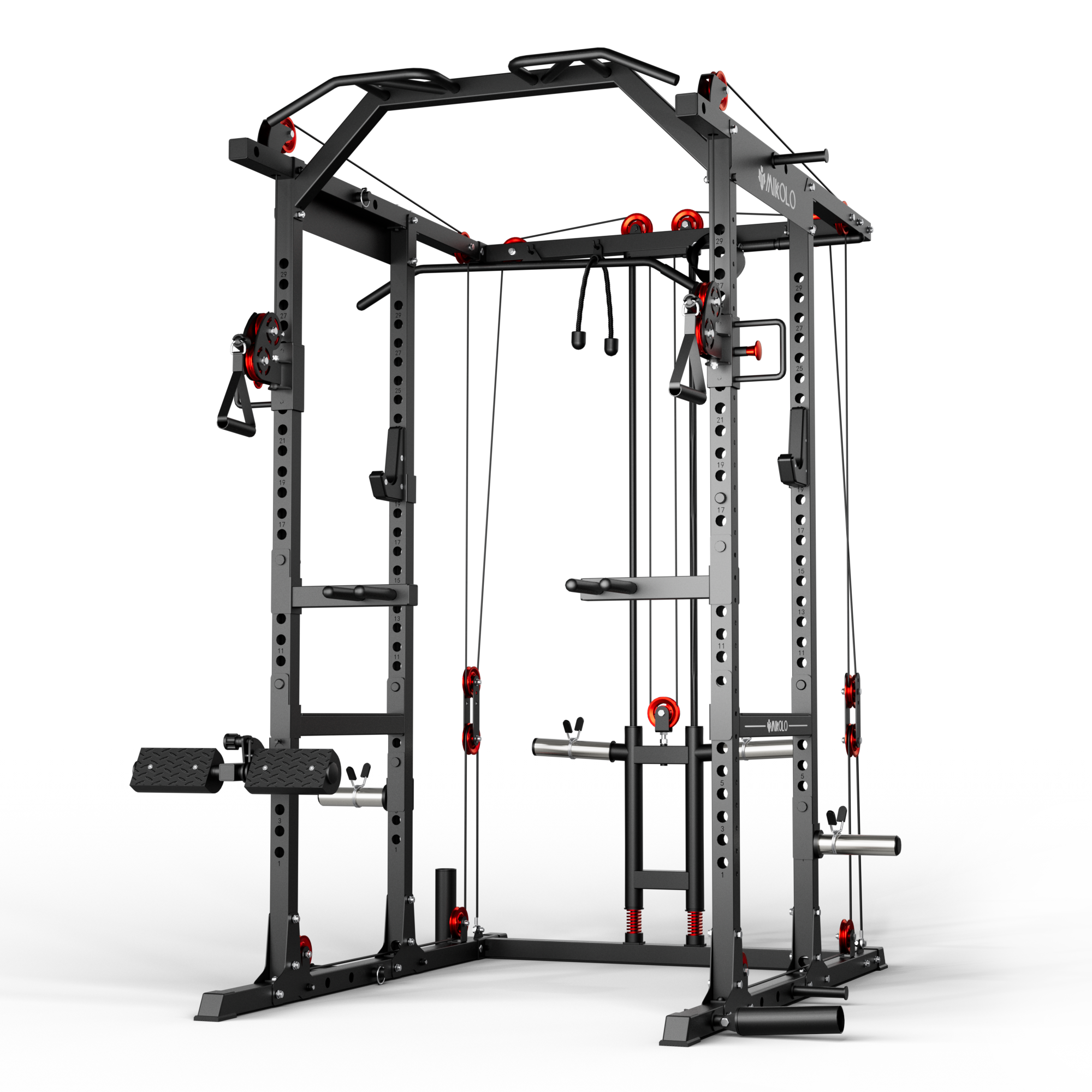Starting a strength training journey doesn’t require a gym membership, fancy machines, or even much space. One of the simplest and most effective ways to begin is by training with dumbbells. These versatile tools allow for a full-body workout that you can do at home or at the gym—and the best part is, you can tailor your routine to your pace and goals.
Why Dumbbells Are Perfect for Beginners
Dumbbells are forgiving and easy to use, making them ideal for anyone new to strength training. Unlike fixed machines, dumbbells allow your body to move naturally, which can improve balance, coordination, and joint stability. They also let you train both sides of your body evenly, helping correct muscle imbalances early on.
If you’ve ever felt intimidated by barbells or large gym equipment, dumbbells offer a more approachable start without sacrificing effectiveness.
Getting Started: What You Need
-
A pair of light to moderate dumbbells (start with 5–15 lbs depending on your comfort level)
-
A mat or soft surface
-
Consistent space—a corner of your room will do just fine
Optional: A printable dumbbell workout sheet can help track your reps and sets. Many beginners find visual guides helpful for staying on task and maintaining good form.
Beginner Dumbbell Workout at Home (Full Body)
Try this 20–25 minute dumbbell routine 3 times per week. Rest 30–45 seconds between each exercise.
1. Goblet Squat (Lower Body)
Hold one dumbbell with both hands at chest height. Squat down, keeping your chest up and knees over toes.
Reps: 10–12
2. Dumbbell Deadlift (Hamstrings & Glutes)
Hold a dumbbell in each hand in front of your thighs. Hinge at your hips and lower the weights down your legs, then return to standing.
Reps: 10–12
3. Overhead Dumbbell Press (Shoulders & Arms)
Hold a dumbbell in each hand at shoulder height. Press overhead, then lower.
Reps: 8–10
4. Dumbbell Bent-Over Row (Back)
Bend at the hips with a slight knee bend. Pull the dumbbells toward your ribs, then slowly lower.
Reps: 10–12
5. Dumbbell Chest Press (Chest & Triceps)
Lie on a mat or bench. Press dumbbells upward from chest, then slowly return.
Reps: 10–12
6. Dumbbell Bicep Curl
Hold weights at your sides, palms facing forward. Curl up and lower slowly.
Reps: 10–12
7. Dumbbell Tricep Kickback
Hinge forward slightly. With elbows tucked, extend your arms backward.
Reps: 10–12
8. Standing Dumbbell Side Bends (Core)
Hold one dumbbell in one hand, slide it down the side of your leg. Keep your torso controlled.
Reps: 10 per side
Repeat this circuit twice if time and energy allow.
How to Progress
As your strength builds, you can increase the weight, add more sets, or switch to more challenging movements like single-arm presses or lunges. Starting dumbbell workouts with foundational moves helps you stay injury-free and consistent.
Many people ask, "How much weight should I start with?"—Start light enough to maintain good form through every rep, but heavy enough that the last 2–3 reps feel challenging.
My First Dumbbell Routine: A Quick Story
When I first started using dumbbells, I was just looking to get toned at home after work. I bought a basic 10 lb set and followed a short printable dumbbell workout I found online. At first, even basic curls felt tough. But two weeks in, I noticed I was sleeping better, my posture improved, and I even felt more energized during the day. The biggest shift wasn’t physical—it was confidence. Dumbbells became a small daily habit that helped me show up for myself, and that feeling still motivates me today.
Final Tips for Beginner Dumbbell Training
-
Form over speed: Never rush through reps.
-
Stick to a schedule: 2–3 sessions per week is a strong start.
-
Warm-up first: 5 minutes of dynamic stretching goes a long way.
-
Track your progress: Even writing down reps helps build momentum.
-
Be patient: Strength gains are steady, not sudden.
Start small, stay consistent, and keep going. Whether you're lifting 5 pounds or 50, every rep you complete builds a stronger version of yourself. Dumbbells aren’t just weights—they’re tools for transformation.













































Leave a comment
This site is protected by hCaptcha and the hCaptcha Privacy Policy and Terms of Service apply.